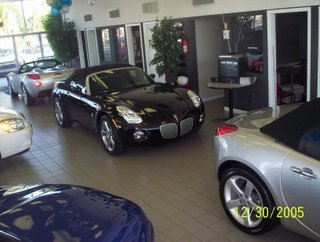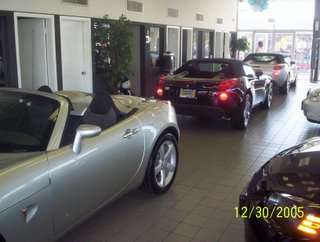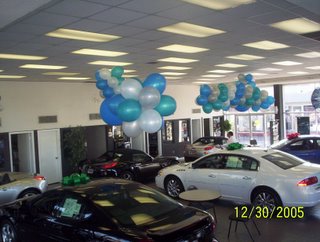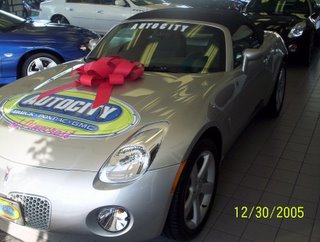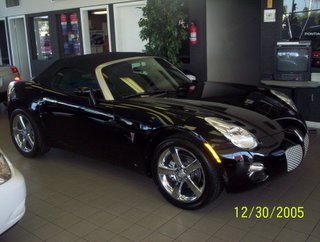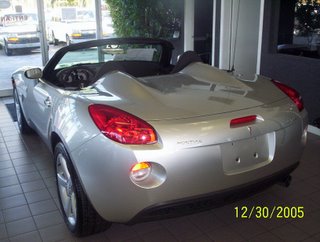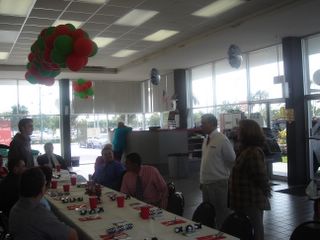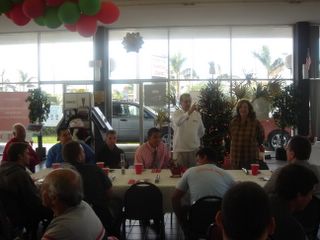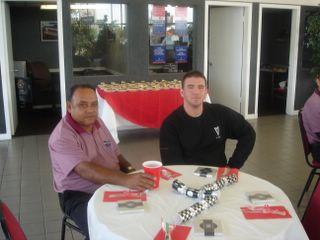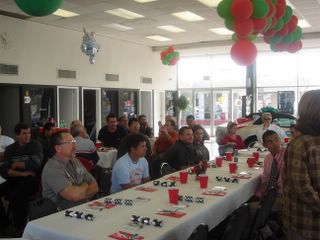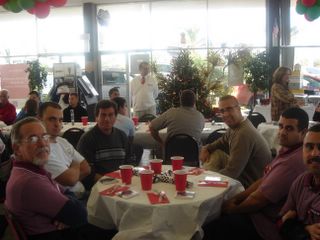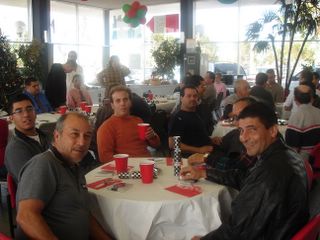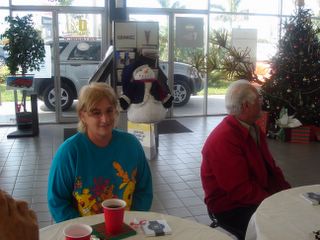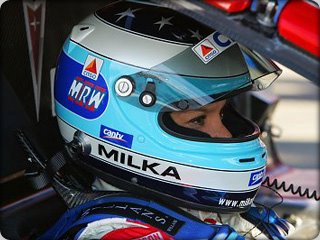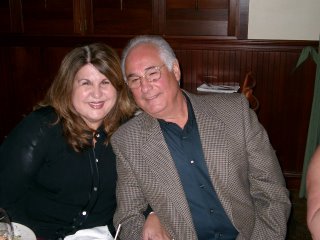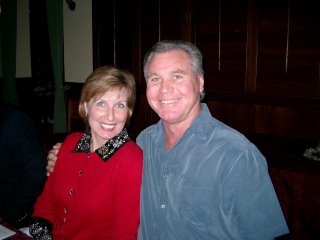The Wall Street Journal
By Holman W. Jenkins Jr.--Nov. 30, 3005
We at the Toyota Motor Corporation are writing to address certain misconceptions that have arisen about your Toyota Prius model, which we are proud to note is driven by many celebrities, including Prince Charles and HBO's Larry David.
Our pioneering gasoline-electric hybrid, introduced in 1999, has become an object of adoration to the world's enlightened car buyers. Our competitors, including America's Big Three, are rushing out hybrid vehicles of their own. Unconfirmed media reports say that we at Toyota intend to double our hybrid output to 500,000 vehicles next year. Along with other members of the auto industry, we will be lobbying for tax breaks and HOV privileges for hybrid vehicles.
However, any romance entering its seventh year tends to go stale. Some purchasers have begun to question the practical value of our Hybrid Synergy Drive technology. You may be aware that a survey by Consumer Reports found that our vehicles achieve considerably less mileage (some 26 percent less) than the sticker rating implies. This has led to some unflattering media stories.
Let us assure you that the Prius remains one of the most fuel-efficient cars on the road. Toyota applauds your willingness to spend $9,500 over the price of any comparable vehicle for the privilege of saving, at current gasoline prices, approximately $580 a year.
And should the price of gasoline rise to $5, after 10 years and/or 130,000 miles of driving, you might even come close to breaking even on your investment in hybrid technology.
We recognize that our customers have an "emotional" relationship with their vehicles. This transcends even the regrettable truth that driving a fuel-efficient car does not yield any substantial benefits for society if it doesn't save the owner money.
Contrary to any loose statements made by our marketing partners in the environmental community and media, petroleum not consumed by Prius owners is not "saved." It does not remain in the ground. It is consumed by someone else. Greenhouse pollutants are released. Also, please note that the warranty and owner's manual say nothing about reducing America's dependence on foreign oil. This is not an oversight. The Prius is an "oil-dependent" vehicle. It runs on gasoline, supplied by the same world market that fuels other vehicles.
The Toyota Corporation regrets any misunderstanding our marketing may inadvertently have caused (or may cause in the future).
We share your belief that the days of the internal combustion engine are numbered. Further research by our economists suggests this will happen when the price of gasoline rises high enough to make alternative technologies cheaper than gasoline-powered cars.
We at Toyota want you to know we recognize this effect and have taken steps to compensate with the rest of our vehicle lineup.
Our 2006 Tundra pickup will be equipped with Toyota's new eight-cylinder engine, making it every bit as much of a gas guzzler as any American pickup. We are also redirecting our efforts to use our Hybrid Synergy Drive to increase power output rather than reduce gasoline consumption.
Take our new hybrid SUV, which produces 38 more horsepower but gets the same mileage as our conventional version. A New York Times reviewer wrote, "One question lingers after driving the 2006 Lexus RX400h: How did it come to this, that Toyota is now selling a hybrid gas-electric vehicle with no tangible fuel economy benefits?"
We hope this corrects any misimpression caused by our latest slogan ("Commute with Nature"). Hybrid technology is not "green" technology. Like heated seats or flashy exterior trim, it's merely an expensive option that generates large markups for the Toyota Corporation and its dealers.
You will share our pride in the latest figures from J.D. Power & Associates, which show that the Prius continues to move off a dealer's lot in just eight days, compared to 36 days for a Honda Civic hybrid. Clearly, our customers are willing to pay handsomely for the privilege of showing themselves behind the wheel of so conspicuously virtuous a vehicle.
But we are also a far-seeing corporation. We recognize that the Prius's distinctiveness may be a wasting asset for reasons outlined in this letter. Other motorists may see the Prius operator and think "sucker." Our lawyers advise us this may affect your car's resale value. Toyota regrets any inconvenience.
We want you to know that Toyota remains committed to advancing hybrid technology just as long as our customers are willing to make it worth our while. Our esteemed competitor, Nissan's Carlos Ghosn, was recently quoted saying, "There's such a buzz today that no CEO of a car manufacturer dares to say his real opinion of hybrid because he's accused of being retarded."
Another esteemed competitor, GM, has suggested that hybrid technology is best deployed in city buses, where large fuel consumption and stop-and-go driving might actually make it economically sensible.
These are just two examples of the short-sighted, stick-in-the-mud marketing instincts of our fellow automakers that are helping to make Toyota the largest car company in the world.
Yours Truly, the Toyota Corporation.
